A completely self-sufficient colony on Mars within 50 years. Elon Musk revealed his future plans for humans in space.
Elon Musk is undeniably a man with ambitions. Which he once again proved during a presentation this week, when he revealed plans to make humans an interplanetary species.
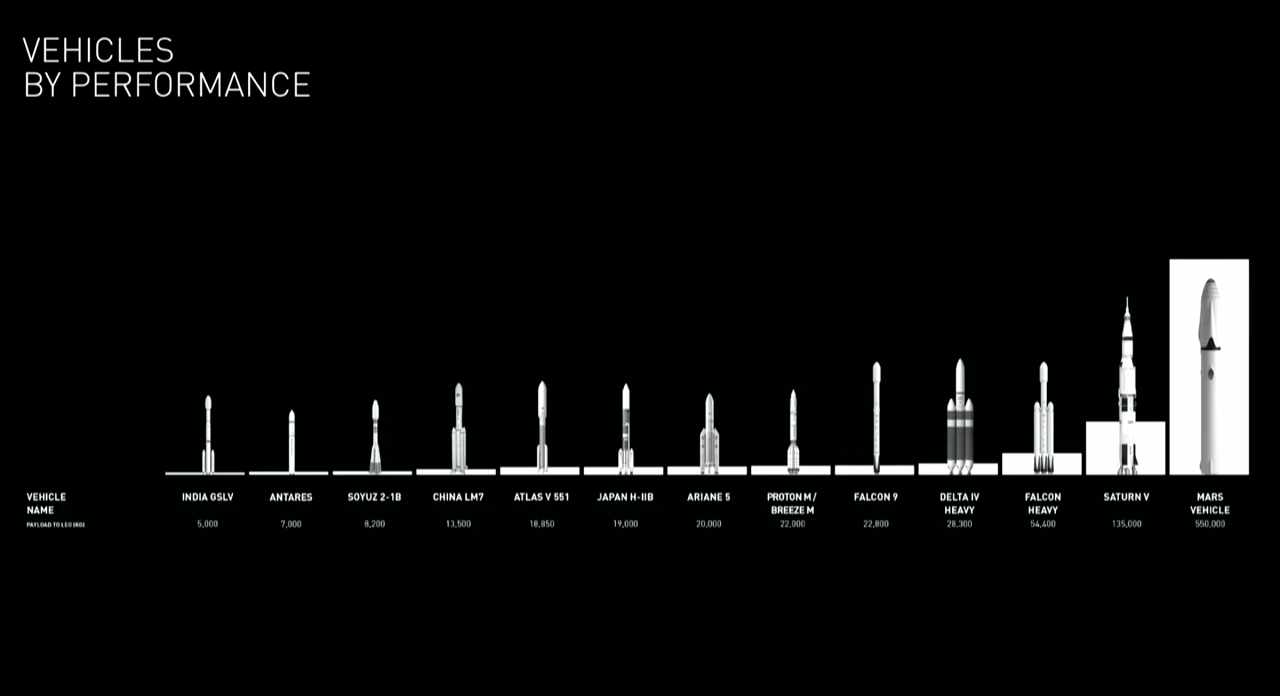
The planet in his sight is Mars, to travel there within a few years and then regularly every couple of years. But when it comes down to ambition, this just the beginning. Within 40 to 100 years there will be a self-sufficient colony on Mars if Elon Musk gets as he wants.
Musk has previously made his dream of Mars public, but for the first time, he went into detail how this is to be accomplished at a keynote talk at the 67th International Astronautical Congress in Guadalajara, Mexico.
The idea is to create an express train to the planet, where SpaceX is to be the standard-holder sending rockets to Mars at a regular interval.
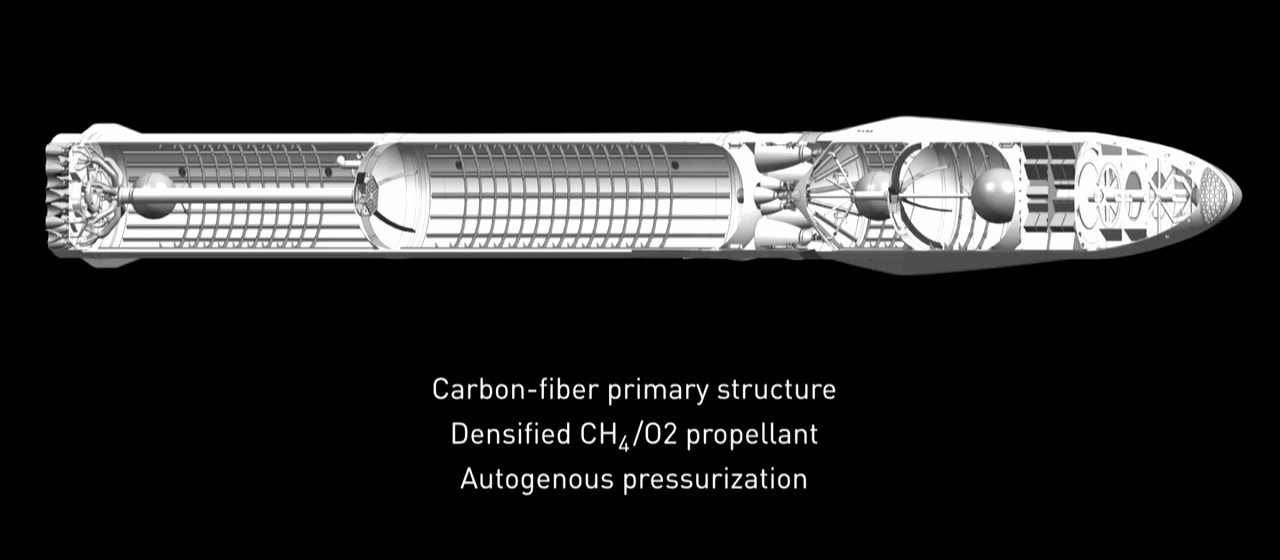
The technology that will allow this feat is presently being developed. The SpaceX Interplanetary transportation systems, ITS. Is the world’s most powerful rocket at present time, to be combined with a craft that can hold at least 100 people.
If everything goes according to plan, the reusable rocket will help establish a colony on the planet within 50 years already.
Going to space is very costly, still, and a trip to Mars will certainly be a much more expensive feat. But the fact is that since private business became involved in space, the price of every launch into space have steadily been declining.
Elon Musks vision to Mars is certainly still pricey, circa $ 250,000, too much for most Earthlings.
If we say the minimum threshold for a self-sustaining city on Mars, or civilization, would be a million people, and you can only go every two years, if you have 100 people per ship, that’s 10,000 trips. So I think at least 100 people per trip is the right order of magnitude, and I think we actually may end up expanding the crew section and ultimately taking more like 200 or more people per flight in order to reduce the cost per person.
The colony should not be a mere outpost for humanity according to Elon Musk. No, the colony should be a full-fledged city that is self-sufficient.
But 10,000 flights is a lot of flights. So you’d really want ultimately I think on the order of 1,000 ships. It would take a while to build up to a thousand ships, and so I think if you say when we reach that million-person threshold, from the point at which the first ship goes to Mars, it’s probably somewhere between 20 to 50 total Mars rendezvous. So it’s probably somewhere between maybe 40 to 100 years to achieve a fully self-sustaining civilization on Mars.
But he did admit that it is still a dangerous adventure. The first settlers must be aware that they are going with their lives at stake. Which is also the reason that he himself does not intend to be among the first. However, the risks are part of the adventure, he believes, and it will not stop all people.
It would be an incredible adventure. I think it is one of the most inspiring thing to do. Life must be about more than just solving problems every day. You have to wake up and feel curious and excited about the future, inspired and want to live.
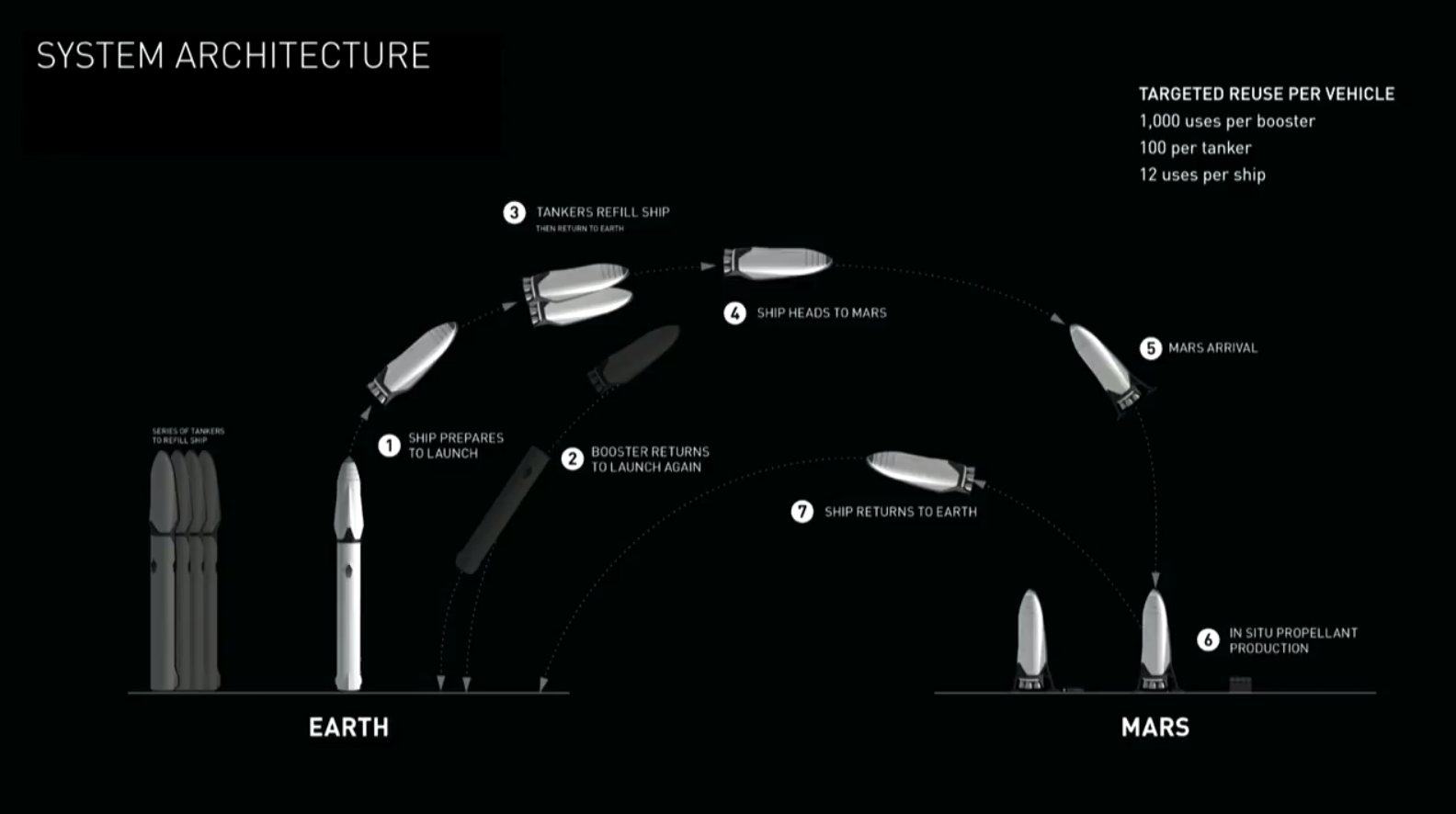
The rocket that will take settlers to Mars is 122 meters high. A massive system that includes reusable boosters. The craft is first pushed into orbit around the Earth. The starter rocket, Raptor, will then return to Earth to be refueled. An external fuel tank will be connected to the craft for the several-months-long journey to Mars, and of it goes.
The work and the development of the craft and the huge rocket is expected to take at least four years.
However, the plan is for an operational fuel facility on Mars, to supply the Raptor with fuel produced on site, using available resources.
That the project will cost a lot of money comes as no surprise. Only the development of ITS will be around $10 billion, and most people who work at SpaceX will focus on the project over the next two years.
People who are eager to contribute can do so via Kickstarter. The first tests s scheduled within the next four years.
Reference:



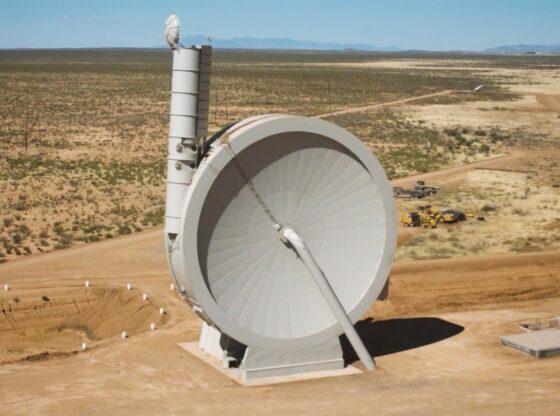
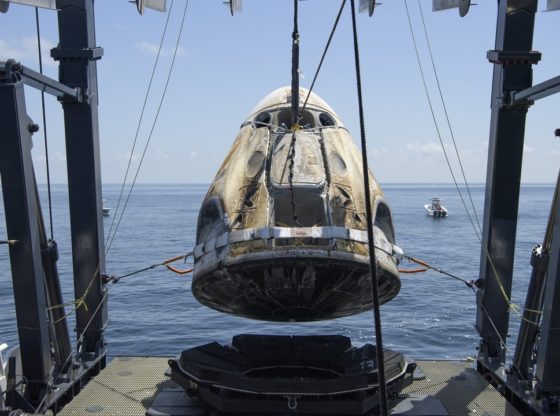
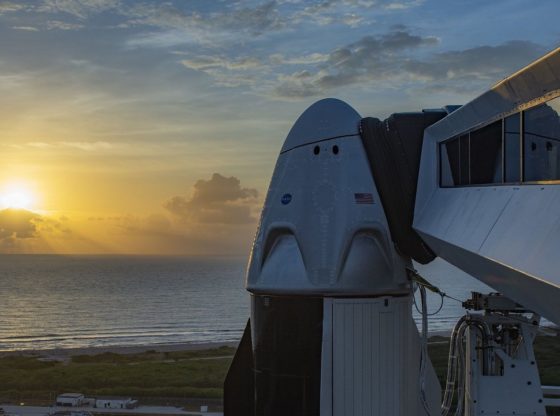
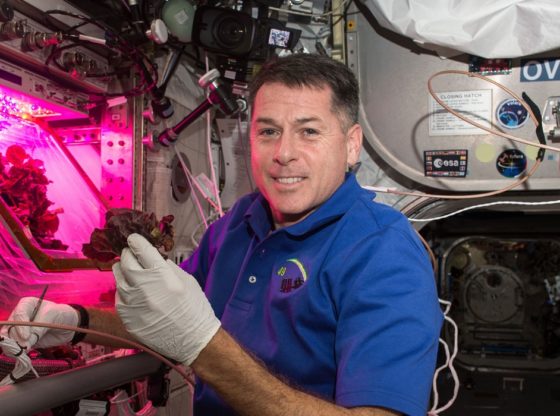
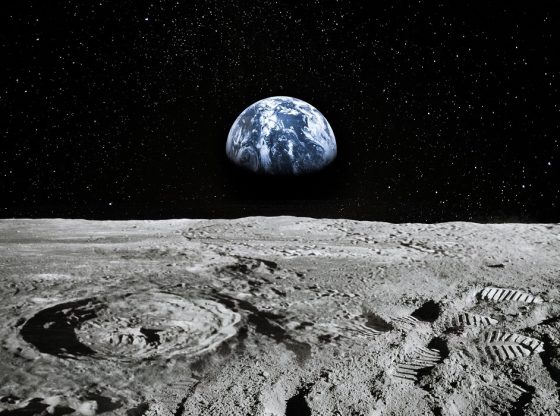
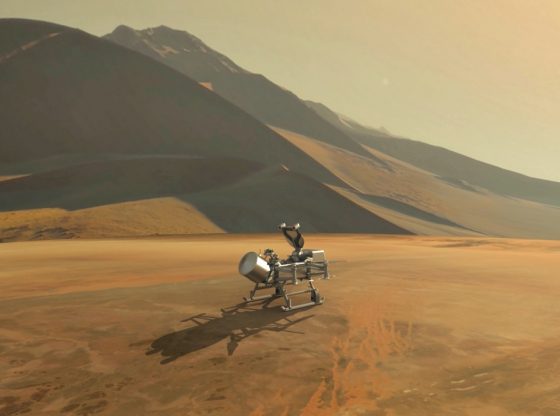
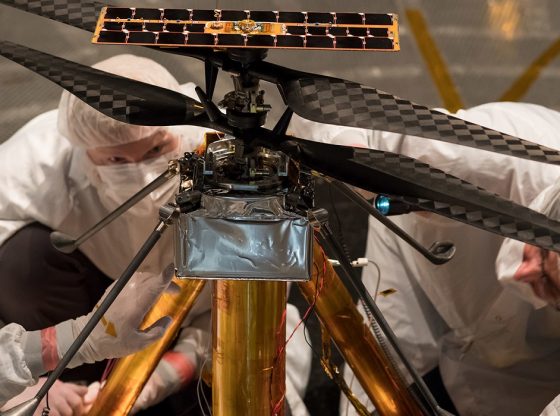
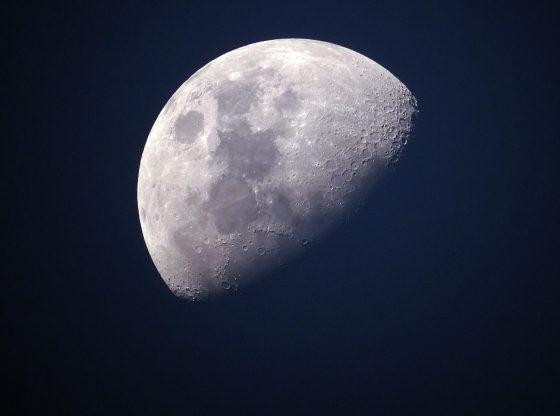
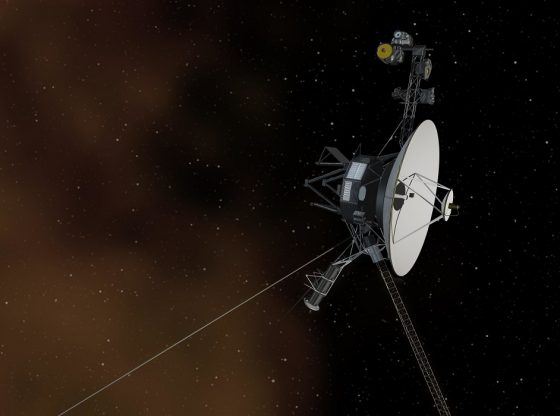
![OpenAI. (2025). ChatGPT [Large language model]. https://chatgpt.com](https://www.illustratedcuriosity.com/files/media/55136/b1b0b614-5b72-486c-901d-ff244549d67a-350x260.webp)
![OpenAI. (2025). ChatGPT [Large language model]. https://chatgpt.com](https://www.illustratedcuriosity.com/files/media/55124/79bc18fa-f616-4951-856f-cc724ad5d497-350x260.webp)
![OpenAI. (2025). ChatGPT [Large language model]. https://chatgpt.com](https://www.illustratedcuriosity.com/files/media/55099/2638a982-b4de-4913-8a1c-1479df352bf3-350x260.webp)








